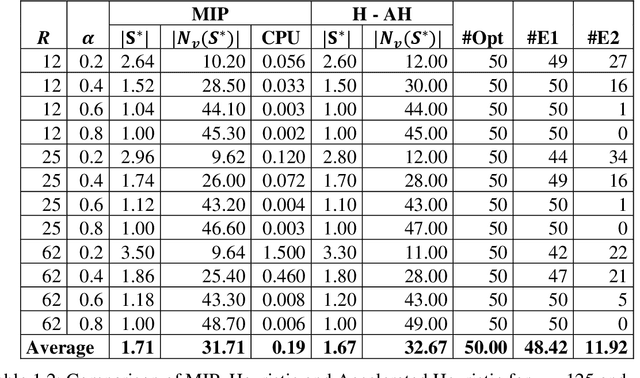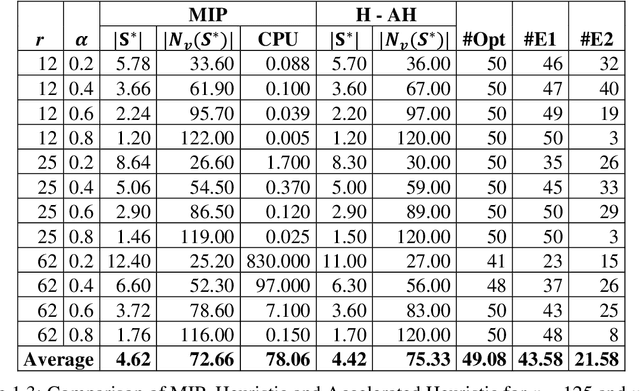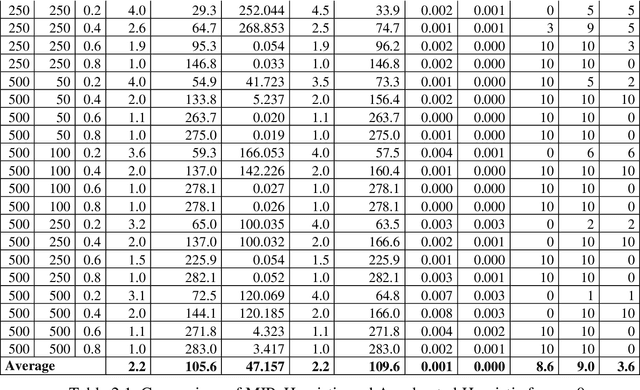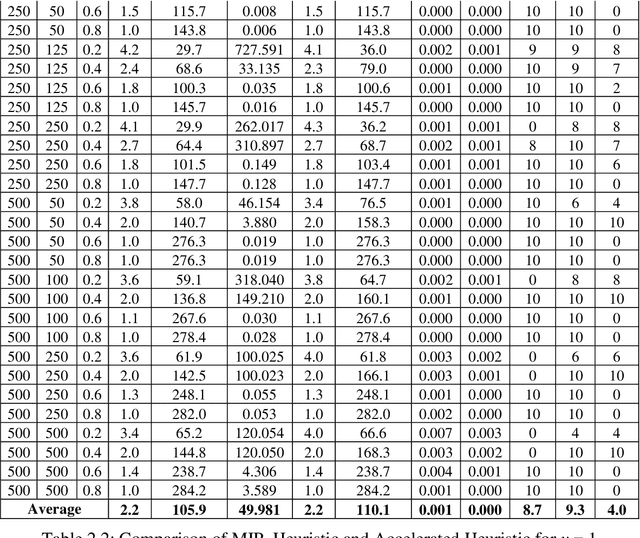Said Hanafi
LAMIH
Bi-objective Optimization of Biclustering with Binary Data
Feb 09, 2020



Abstract:Clustering consists of partitioning data objects into subsets called clusters according to some similarity criteria. This paper addresses a generalization called quasi-clustering that allows overlapping of clusters, and which we link to biclustering. Biclustering simultaneously groups the objects and features so that a specific group of objects has a special group of features. In recent years, biclustering has received a lot of attention in several practical applications. In this paper we consider a bi-objective optimization of biclustering problem with binary data. First we present an integer programing formulations for the bi-objective optimization biclustering. Next we propose a constructive heuristic based on the set intersection operation and its efficient implementation for solving a series of mono-objective problems used inside the Epsilon-constraint method (obtained by keeping only one objective function and the other objective function is integrated into constraints). Finally, our experimental results show that using CPLEX solver as an exact algorithm for finding an optimal solution drastically increases the computational cost for large instances, while our proposed heuristic provides very good results and significantly reduces the computational expense.
Solving the Periodic Timetabling Problem using a Genetic Algorithm
Nov 24, 2014



Abstract:In railway operations, a timetable is established to determine the departure and arrival times for the trains or other rolling stock at the different stations or relevant points inside the rail network or a subset of this network. The elaboration of this timetable is done to respond to the commercial requirements for both passenger and freight traffic, but also it must respect a set of security and capacity constraints associated with the railway network, rolling stock and legislation. Combining these requirements and constraints, as well as the important number of trains and schedules to plan, makes the preparation of a feasible timetable a complex and time-consuming process, that normally takes several months to be completed. This article addresses the problem of generating periodic timetables, which means that the involved trains operate in a recurrent pattern. For instance, the trains belonging to the same train line, depart from some station every 15 minutes or one hour. To tackle the problem, we present a constraint-based model suitable for this kind of problem. Then, we propose a genetic algorithm, allowing a rapid generation of feasible periodic timetables. Finally, two case studies are presented, the first, describing a sub-set of the Netherlands rail network, and the second a large portion of the Nord-pas-de-Calais regional rail network, both of them are then solved using our algorithm and the results are presented and discussed.
 Add to Chrome
Add to Chrome Add to Firefox
Add to Firefox Add to Edge
Add to Edge